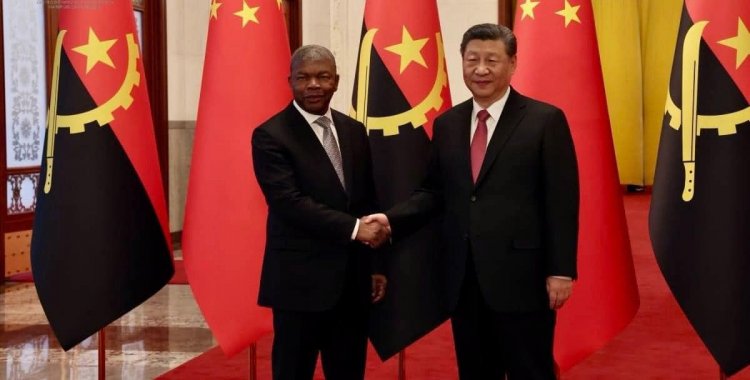Dorivaldo Teixeira, who presented the State's Annual Debt Plan for 2025 in Luanda this Monday, gave a historical overview of the public debt, recalling that the main creditor is China, representing (with the debt collateralized with oil and not collateralized with oil), around 14.15 billion dollars.
Regarding the domestic debt, he added that it is approximately the same size, at 14 billion dollars, with the United Kingdom being one of the main creditors.
Regarding the debt with China, which reached more than 20 billion dollars, he considered that it is currently "more manageable", with the debt collateralized with oil being the one that causes the most concern.
Within the scope of this debt, Angola supplies China with oil shipments that are monetized at market prices, with the resources from this financing being directed both to debt servicing and to the State's financial activity.
"In March 2024, we managed to reach an agreement with one of the largest creditors that allowed us to slightly change the operating mechanics of this agreement, allowing Angola to release extraordinary resources from its escrow accounts" (accounts that act as collateral or guarantees in commercial transactions), he recalled.
"In other words, these are extra resources that will come in and also allow us to leverage our activity", highlighted the general director of the Debt Management Unit (UGD).
Dorivaldo Teixeira highlighted the downward trajectory of the debt stock with China, which, in 2017, reached a level of around 23 billion dollars and has been decreasing.
"If we continue to be able to service this debt with the size that we have been servicing, probably, in 2028, we will be able to have this debt completely repaid", he stressed.
In terms of debt service, in 2022, immediately after the debt suspension process, this went from the threshold of 14 billion dollars to 16 billion dollars, a situation that, he explained, "caused Angola to experience a lot of pressure in terms of debt service during these three years".
The debt stock also improved significantly, going from a threshold of 72 billion dollars to around 60 billion dollars, he added, explaining that part of this was related to the reduction of internal and external debt and the other part to exchange rate variations, with more debt not indexed to the exchange rate.
"The conditions may be being created so that, in the medium term, with the stabilization of macroeconomic conditions, internal securities can effectively serve as a reference for financing the economy", that is, creating conditions for us to finance ourselves more in kwanzas, said the head of the UGD.
For the treasury, the objective is to go to the international market and be able to issue 1.5 billion dollars.
"And we can also count on financing from the World Bank, of around 500 million dollars, from the African Bank, of around 164 million dollars, and the remainder from commercial financing," added Dorivaldo Teixeira.







